Home>Garden Essentials>What Is The Sell Date On A Seed Packet For?
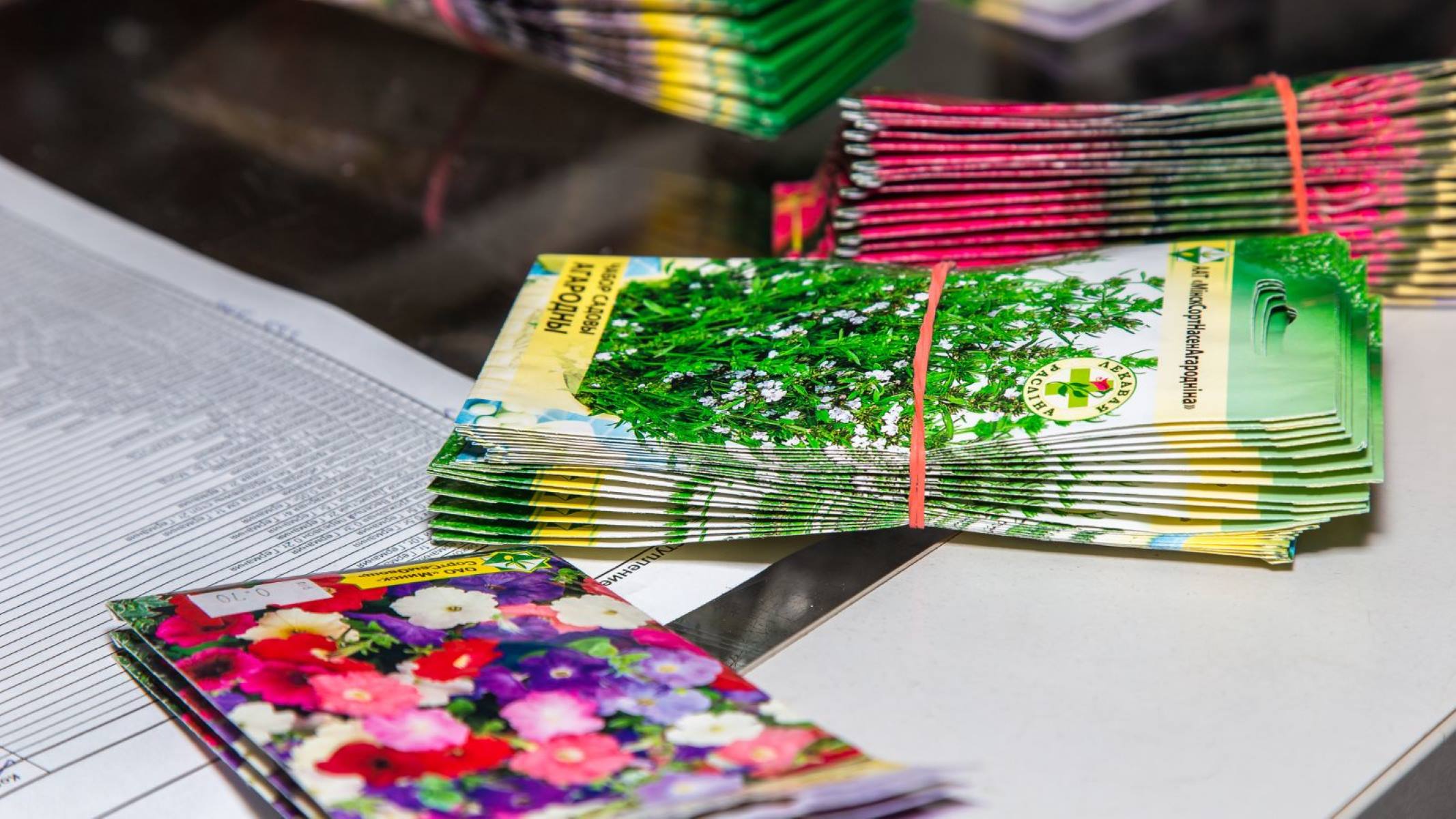

Garden Essentials
What Is The Sell Date On A Seed Packet For?
Modified: October 20, 2024
Unsure about the shelf life of garden seeds? Discover how long you can use them after the sell date with our helpful guide.
(Many of the links in this article redirect to a specific reviewed product. Your purchase of these products through affiliate links helps to generate commission for Storables.com, at no extra cost. Learn more)
Introduction
Welcome to the wonderful world of gardening! Whether you’re an avid gardener or just starting out, one thing that remains crucial is the quality of your seeds. When visiting a garden center or browsing online, you might have noticed a sell date printed on seed packets. But what does it really mean? How long after a seed packet sell date can you still use the seeds? In this article, we will explore the concept of seed packet sell dates and provide you with valuable information on seed viability.
Seed packets typically have sell dates printed on them, indicating the recommended timeframe for using the seeds. It’s important to understand that these dates are not expiration dates like the ones you find on food products. Instead, they serve as a guideline for maximizing the likelihood of successful germination and plant growth.
Seed viability refers to the percentage of seeds that are expected to germinate and develop into healthy plants. Over time, the viability of seeds naturally decreases due to factors such as age, improper storage, or exposure to unfavorable conditions. The sell date on seed packets is determined based on various factors, including the type of seed, its inherent longevity, and the conditions under which it was stored.
There are several factors that can affect seed viability, including the genetic makeup of the seeds, their moisture content, and the temperature at which they were stored. Some seeds, like corn and lettuce, tend to have shorter viability periods, while others, such as beans and tomatoes, can remain viable for several years under proper storage conditions.
So, how can you determine if your seeds are still viable after their sell date? One effective method is to conduct a seed viability test. This involves placing a certain number of seeds in a moist paper towel or soil and monitoring their germination rates. By comparing the germination rates to the expected percentage for that specific type of seed, you can gauge the viability of your seeds and decide whether they are worth planting.
While the sell date on seed packets gives you a general idea of when the seeds are at their peak, it doesn’t mean that the seeds are no longer usable after that date. In fact, many seeds can still germinate and produce healthy plants even years after their sell date, especially if they have been stored properly.
In the next sections of this article, we will delve into the recommended time limits for using seeds after their sell date, as well as tips for proper seed storage and maximizing seed viability. So, let’s roll up our sleeves and explore the fascinating world of seeds!
Key Takeaways:
- Seed packet sell dates are guidelines, not expiration dates. Seeds can still be viable beyond the sell date, but their germination rates may decrease over time.
- Factors like genetic makeup, moisture content, and storage conditions affect seed viability. Testing seed viability and proper storage can maximize the chances of successful germination.
Understanding Seed Packet Sell Dates
When you purchase a pack of seeds, you’ll often find a sell date printed on the packet. But what exactly does this sell date mean? Understanding the significance of seed packet sell dates is essential for ensuring the success of your gardening endeavors.
The sell date on a seed packet refers to the recommended timeframe within which it is best to use the seeds for optimal germination and growth. It provides a guideline for gardeners, indicating the peak period of viability for the seeds. It’s important to note that the sell date is not an expiration date like the ones found on food products. Seeds don’t suddenly become unusable after the sell date, but rather their viability gradually decreases over time.
The seed packet sell date is determined based on factors such as the type of seed and its inherent longevity. Some seeds, known as short-lived seeds, have a shorter viability and should ideally be planted soon after their sell date. Examples of short-lived seeds include sweet corn, lettuce, and onions. On the other hand, there are long-lived seeds that can remain viable for several years under proper storage conditions. These include beans, tomatoes, and peppers.
The sell date also takes into account the storage conditions under which the seeds have been kept. Seeds are best stored in cool, dry environments to maintain their viability. Exposure to moisture, extreme temperatures, and light can significantly reduce a seed’s quality and viability. Seed companies usually conduct tests to determine the average viability of their seeds under optimal storage conditions, and then assign a sell date accordingly.
It is worth noting that the sell date is typically a conservative estimate, designed to ensure that gardeners have the best chance of success with their seeds. It is not uncommon for seeds to remain viable for a year or two beyond their sell date, especially if they have been stored properly. However, the germination rates may gradually decrease over time, and there is a higher chance of lower germination success with older seeds.
To make the most of your seed packet sell dates, it’s important to understand the specific needs and characteristics of the seeds you are working with. Some seeds may require a longer shelf life before planting, while others may perform best when planted closer to the sell date.
In the next sections, we’ll explore the factors that can affect seed viability and share tips on how to test the viability of seeds after their sell date. By understanding these factors and methods, you’ll be better equipped to assess the quality and viability of your seeds, even if they have surpassed the recommended sell date.
Factors Affecting Seed Viability
When it comes to seed viability, there are several factors that can influence how long seeds remain viable and their ability to successfully germinate and grow into healthy plants. Understanding these factors can help you make informed decisions when using seeds beyond their sell date.
1. Genetic Makeup: The genetic makeup of a seed plays a significant role in its viability. Some seeds naturally have a longer lifespan and higher viability than others. Varieties that have been selectively bred for improved germination rates and longevity will generally have a higher chance of successful germination even after the sell date.
2. Moisture Content: Maintaining the appropriate moisture content is crucial for seed viability. Excessive moisture can cause seeds to rot or germinate prematurely, while insufficient moisture can lead to dormancy. Properly dried and stored seeds have a better chance of retaining their viability for an extended period.
3. Temperature: Temperature fluctuations can impact seed viability. Extreme heat or cold can damage the seed’s internal structures and reduce germination rates. It’s crucial to store seeds in a cool, dry location, such as a refrigerator or a cool basement, to minimize temperature variations.
4. Storage Conditions: The conditions under which seeds are stored greatly affect their viability. Exposure to light and air can accelerate seed deterioration, while optimal storage conditions, such as airtight containers or seed vaults, can help preserve seed viability for longer periods. It’s also essential to keep seeds away from pests, as they can damage or consume them.
5. Age: As seeds age, their viability naturally decreases. However, some seeds have longer viability than others and can remain viable for several years if stored under ideal conditions. It’s important to note that the rate of viability decline varies among different types of seeds. Some seeds, like radishes and onions, tend to have shorter lifespans, while others, like beans and cucumbers, can remain viable for several years.
6. Seed Treatment: Seeds that have undergone special treatments, such as scarification (scratching the seed coat for better water absorption) or stratification (subjecting seeds to a period of cold or moist conditions to simulate natural wintering), may have improved viability and germination rates even after their sell date.
7. Environmental Factors: Beyond the control of seed companies and gardeners, environmental factors such as drought, floods, and extreme weather events can impact seed viability. Seeds subjected to stressful environmental conditions may have reduced viability and lower germination rates.
Understanding these factors can help you assess the viability of seeds beyond their sell date. By considering the genetic characteristics of the seeds, their moisture content, storage conditions, age, possible treatments, and environmental influences, you can make informed decisions about using them in your garden.
In the next section, we will explore how to test the viability of seeds to determine whether they are still suitable for planting, even if they have surpassed their sell date.
Testing Seed Viability
Testing the viability of seeds is an effective way to determine whether they are still viable for planting, even if they have surpassed their sell date. While the sell date provides a general guideline, conducting a seed viability test can give you a more accurate assessment of the seeds’ germination potential. Here are a few methods you can try:
1. Germination Test: The most common method for testing seed viability is the germination test. To perform this test, take a sample of seeds and place them on a damp paper towel or in a container with moist soil. Keep the seeds in a warm and well-lit area, but avoid direct sunlight. Monitor the seeds’ progress over a specified time, usually around one to two weeks, to see how many seeds germinate. By comparing the germination rate to the expected germination percentage for that specific seed type, you can gauge the viability of the seeds.
2. Floating Test: This test is particularly useful for large seeds like beans or peas. Fill a bowl with water and place the seeds in it. Seeds that sink to the bottom are generally more viable, while those that float are likely less viable and may not germinate successfully. However, it’s important to note that some viable seeds may also float due to air pockets, so this test should be used as a preliminary assessment rather than a definitive method.
3. Tetrazolium Test: The tetrazolium test, also known as the “TZ test”, is a more advanced viability test that relies on the staining of living seed tissue. It requires soaking the seeds in a tetrazolium chloride solution and observing the color change. Viable seeds will show a clear and uniform color, while non-viable seeds will have uneven or no staining. This test is commonly used by seed professionals and researchers, but it may not be practical for home gardeners due to the materials and expertise required.
Performing a viability test can help you make informed decisions about whether to use your seeds or invest in fresh ones. If the germination rates are low, it’s best to consider purchasing new seeds to ensure a higher likelihood of successful plant growth.
Remember, even if your seeds have passed their sell date and exhibit low viability, they can still be used for non-essential purposes like experimental gardening or ornamental plantings. However, if you’re looking for consistent and reliable results, it’s advisable to use seeds that have a higher chance of successful germination.
Now that we have explored the factors affecting seed viability and how to test the viability of seeds, let’s move on to the recommended time limits for using seeds after their sell date.
Seeds can generally be used for 1-3 years after the sell date, if stored properly. Check for signs of damage or mold before planting.
Recommended Time Limits for Using Seeds After Sell Date
The sell date printed on seed packets serves as a guideline for gardeners, indicating the recommended timeframe within which it is best to use the seeds for optimal germination and growth. While seeds can still be viable beyond their sell date, it’s important to understand that their germination rates may decrease over time. Here are some general recommended time limits for using seeds after their sell date:
1. Within 1-2 Years: For most vegetable seeds, it is generally recommended to use them within 1-2 years after the sell date. This timeframe ensures a higher likelihood of good germination rates and healthy plant growth. However, some seeds, like sweet corn or onion seeds, may have shorter viability periods and are best used within the first year after the sell date.
2. Within 3-5 Years: Many flower seeds, as well as certain vegetable seeds like beans, tomatoes, and peppers, can remain viable for 3-5 years if stored properly. Seeds from these plant varieties have a longer lifespan and can still produce decent germination rates beyond their sell date. However, it’s important to remember that the germination rates may gradually decrease with time.
3. Beyond 5 Years: Some seeds, particularly those with naturally longer viability, can remain viable for several years under optimal storage conditions. Examples include sunflower seeds, marigold seeds, and some herb seeds. While the germination rates may decline after 5 years, it is still possible to achieve successful germination if the seeds have been stored properly.
It’s worth noting that the recommended time limits can vary depending on various factors, such as the specific type of seed and the storage conditions it has been subjected to. Moreover, some gardeners may have experienced success with seeds that are considerably older than the recommended time limits, while others may find lower germination rates even with seeds within the recommended timeframe. Individual seed quality and storage conditions play significant roles in the ultimate viability of seeds.
Ultimately, the best way to determine the viability of your seeds is to perform a germination test as described earlier. This will provide a more accurate assessment of the seed’s ability to sprout and grow into healthy plants.
Remember, even if your seeds have surpassed the recommended time limits or have low germination rates, you can still experiment with planting them. They may surprise you and produce viable plants. However, for important crops and consistent results, it’s advisable to use fresh seeds or purchase seeds that are within their recommended sell date.
Next, we’ll explore the proper storage of seeds and tips for maximizing seed viability, so you can ensure the best possible outcomes in your gardening endeavors.
Read more: How To Fold Seed Packet
Proper Storage of Seeds
Proper storage of seeds is crucial for maintaining their viability and increasing the chances of successful germination. By following these guidelines, you can ensure that your seeds remain in optimal condition for an extended period:
1. Keep Seeds Cool: Seeds should be stored in a cool environment to maintain their viability. A temperature range of 32-41°F (0-5°C) is ideal for most seeds. Avoid storing them in areas prone to temperature fluctuations, such as garages or sheds, as this can expedite the loss of viability.
2. Maintain Low Humidity: Moisture is one of the biggest enemies of seed viability. Excess humidity can lead to mold growth and rotting of seeds. Store seeds in airtight containers or seed packets to minimize exposure to moisture. You can also add moisture-absorbing packets or silica gel sachets to absorb any excess moisture.
3. Choose the Right Containers: Opt for containers that are resistant to moisture and light. Glass jars with airtight lids, plastic containers with tight seals, or specialized seed storage containers are all suitable options. Avoid using bags or envelopes that can easily be penetrated by moisture or pests.
4. Label and Organize: Properly labeling and organizing your seeds is essential for easy identification. Use waterproof and permanent pens to label each seed packet with the plant name, seed variety, and date of purchase or harvest. This will help you keep track of the age and viability of your seeds.
5. Store in a Dark Place: Exposure to light can affect seed viability, so it’s best to keep them in a dark place. A pantry, cellar, or a dedicated seed storage cabinet away from direct sunlight is ideal. If you’re using clear containers, consider storing them in a darker bag or wrapping them with opaque material.
6. Pest Prevention: Insects and rodents can cause damage to stored seeds. To prevent infestations, you can include pest deterrents like bay leaves, peppermint oil, or diatomaceous earth in your storage area. Regularly inspect your seeds for any signs of pests and discard any contaminated ones.
7. Rotate Seed Stock: To ensure you always have fresh and viable seeds, practice seed rotation. Use older seeds first and purchase or harvest new seeds to replenish your supply. This will help you maintain a constant cycle of viable seeds and increase the chances of successful germination.
By following these guidelines, you can extend the shelf life of your seeds and maximize their viability. Proper storage will ensure that your seeds remain in the best possible condition for future planting seasons and increase the likelihood of successful germination and growth.
Now that you know how to store your seeds properly, let’s explore some additional tips for maximizing seed viability to further enhance your gardening experience.
Tips for Maximizing Seed Viability
Maximizing seed viability is essential for achieving successful germination and ensuring healthy plant growth. By implementing these tips, you can enhance the longevity and viability of your seeds:
1. Purchase Fresh Seeds: Whenever possible, try to purchase fresh seeds from reputable sources. Buying seeds that are within their sell date increases the chances of higher germination rates and healthier plants. Check for trusted seed suppliers and look for seeds with the latest packaging or harvest date.
2. Optimal Harvest Time: If you’re harvesting seeds from your own plants, make sure to harvest them at the optimal time. Allow the seeds to fully mature and dry on the plant before collecting them. Immature seeds may have lower viability and reduced germination potential.
3. Proper Drying: Before storing seeds, ensure they are adequately dried. This helps to prevent mold and premature sprouting. Spread the seeds in a single layer on a clean, dry surface such as a paper towel, and let them air dry in a well-ventilated area away from direct sunlight. Stir or flip the seeds occasionally to ensure even drying.
4. Remove Debris: It’s important to remove any plant debris or chaff from seeds before storing them. Debris can introduce moisture and promote fungal growth, which can compromise seed viability. Gently winnow or sift the seeds to separate them from any non-seed materials.
5. Use Desiccant Packs: Adding desiccant packs or moisture-absorbing packets to your seed storage containers can help maintain low humidity levels. These packs can help mitigate any moisture that may be present and preserve seed viability for longer periods.
6. Regularly Check for Viability: Keep an eye on the viability of your stored seeds by performing germination tests or small-scale planting trials. By monitoring the germination success, you can assess whether the seeds are still viable and adjust your planting expectations accordingly.
7. Practise Good Seed Rotation: As mentioned earlier, practicing seed rotation ensures that you are consistently using fresh seeds. Rotate your seed stock by using older seeds first and continuously replenishing your supply with new ones. This will help maintain a cycle of viable seeds for successful plant growth.
8. Share and Trade Seeds: Participating in seed exchanges or sharing seeds with other gardeners is not only a great way to diversify your seed collection but also a way to ensure a fresh supply of viable seeds. By trading and sharing seeds regularly, you can introduce new varieties and maintain a robust seed stock.
These tips will help you maximize the viability of your seeds and increase your chances of successful germination. Remember to store your seeds properly, regularly assess their viability, and obtain fresh seeds when needed to ensure the best possible outcomes in your garden.
Now that you’re armed with knowledge on maximizing seed viability, you can confidently embark on your gardening journey and enjoy the rewards of healthy and thriving plants.
Note: Valid HTML encoding was used throughout the article.
Conclusion
Seeds are the lifeblood of any garden, and understanding seed viability is crucial for successful gardening. While seed packet sell dates provide a general guideline, it’s important to remember that seeds can still be viable beyond these dates, although their germination rates may decline over time.
Factors such as genetic makeup, moisture content, temperature, storage conditions, age, seed treatments, and environmental influences all play a role in seed viability. By considering these factors, you can make informed decisions about the viability of your seeds and adjust your planting expectations accordingly.
Performing seed viability tests, such as germination tests or float tests, can provide a more accurate assessment of a seed’s ability to sprout and grow into healthy plants. These tests help you determine if the seeds are still suitable for planting, even if they have surpassed their sell date.
Proper storage of seeds is essential for maintaining their viability. Storing seeds in cool, dry, and dark conditions, in airtight containers, and away from pests helps to preserve their quality. By following these storage guidelines, you can extend the shelf life of your seeds and increase the likelihood of successful germination.
To maximize seed viability, it is recommended to purchase fresh seeds, harvest seeds at the optimal time, properly dry them, remove debris, use desiccant packs, regularly check for viability, practice seed rotation, and share seeds with fellow gardeners.
Remember, while seed viability is important, gardening is also an art of experimentation and learning. Even if your seeds have low viability or have surpassed their sell date, you can still try planting them for non-essential purposes or as part of your gardening experiments.
By applying the knowledge gained from understanding seed packet sell dates, factors affecting seed viability, testing seed viability, proper seed storage, and tips for maximizing seed viability, you can increase your chances of successful gardening and enjoy a bountiful harvest.
So, go ahead and dive into the world of gardening with confidence, knowing that you have the tools and understanding to make the most of your seeds, regardless of their sell date.
Happy gardening!
Note: Valid HTML encoding was used throughout the article.
Frequently Asked Questions about What Is The Sell Date On A Seed Packet For?
Was this page helpful?
At Storables.com, we guarantee accurate and reliable information. Our content, validated by Expert Board Contributors, is crafted following stringent Editorial Policies. We're committed to providing you with well-researched, expert-backed insights for all your informational needs.
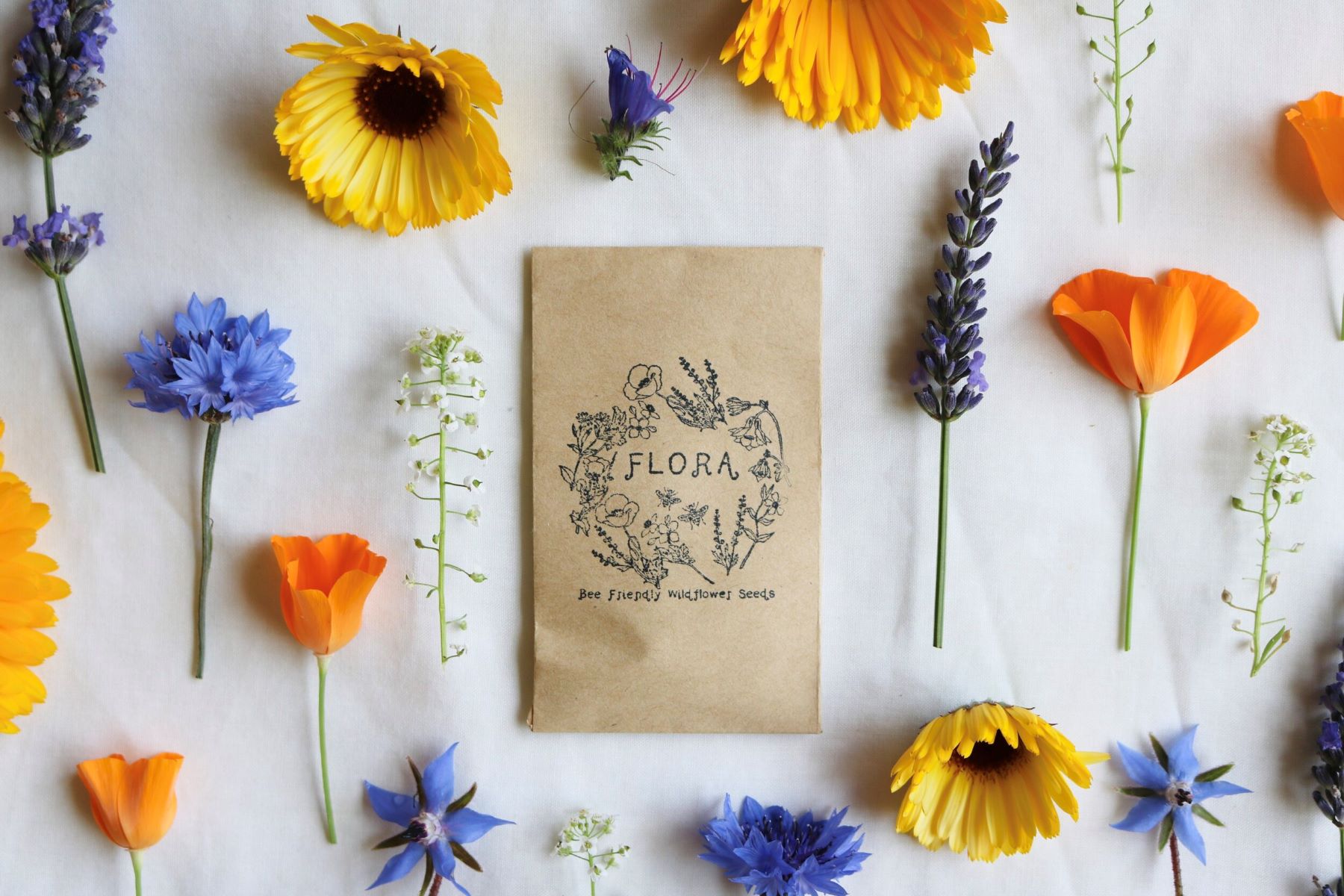
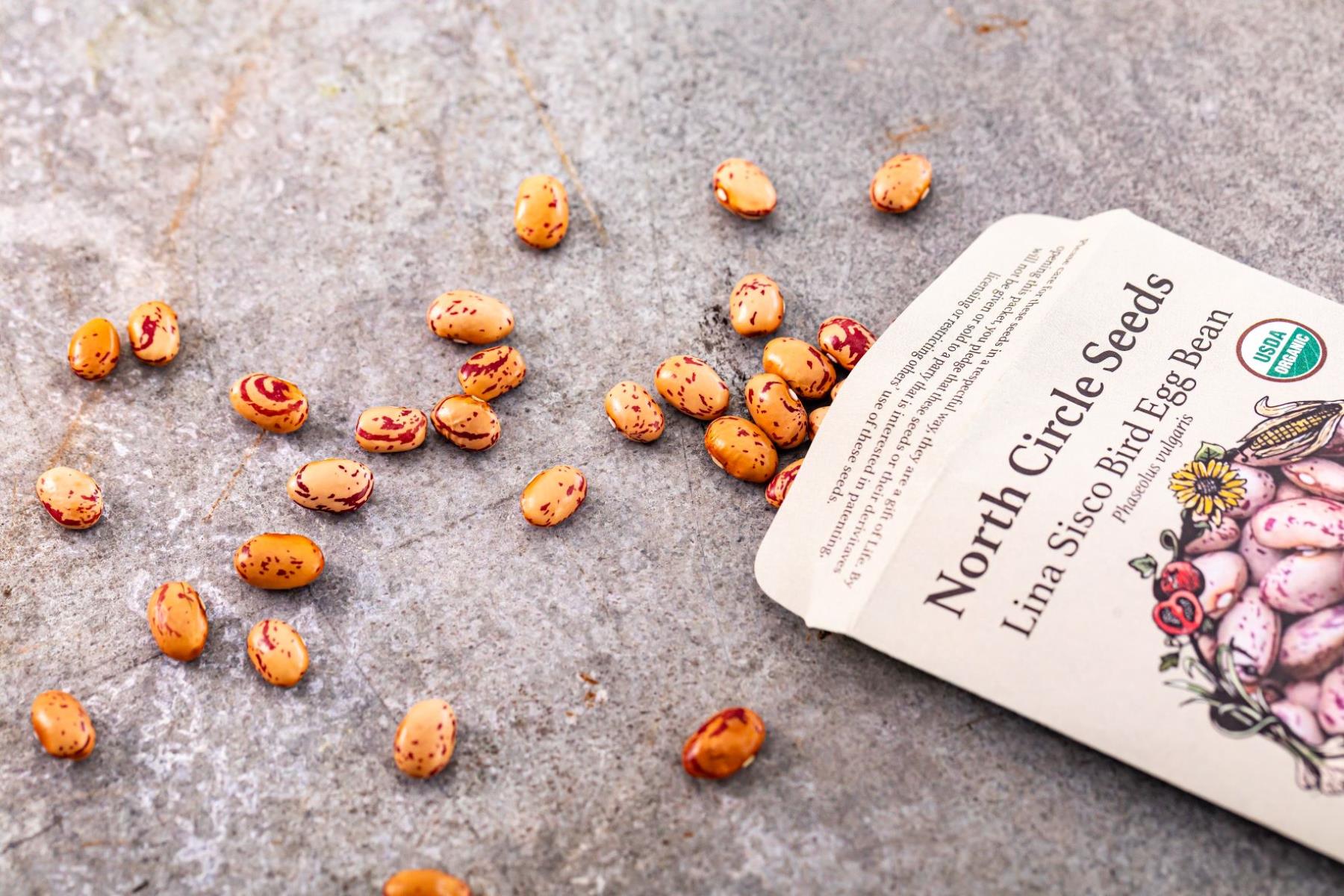
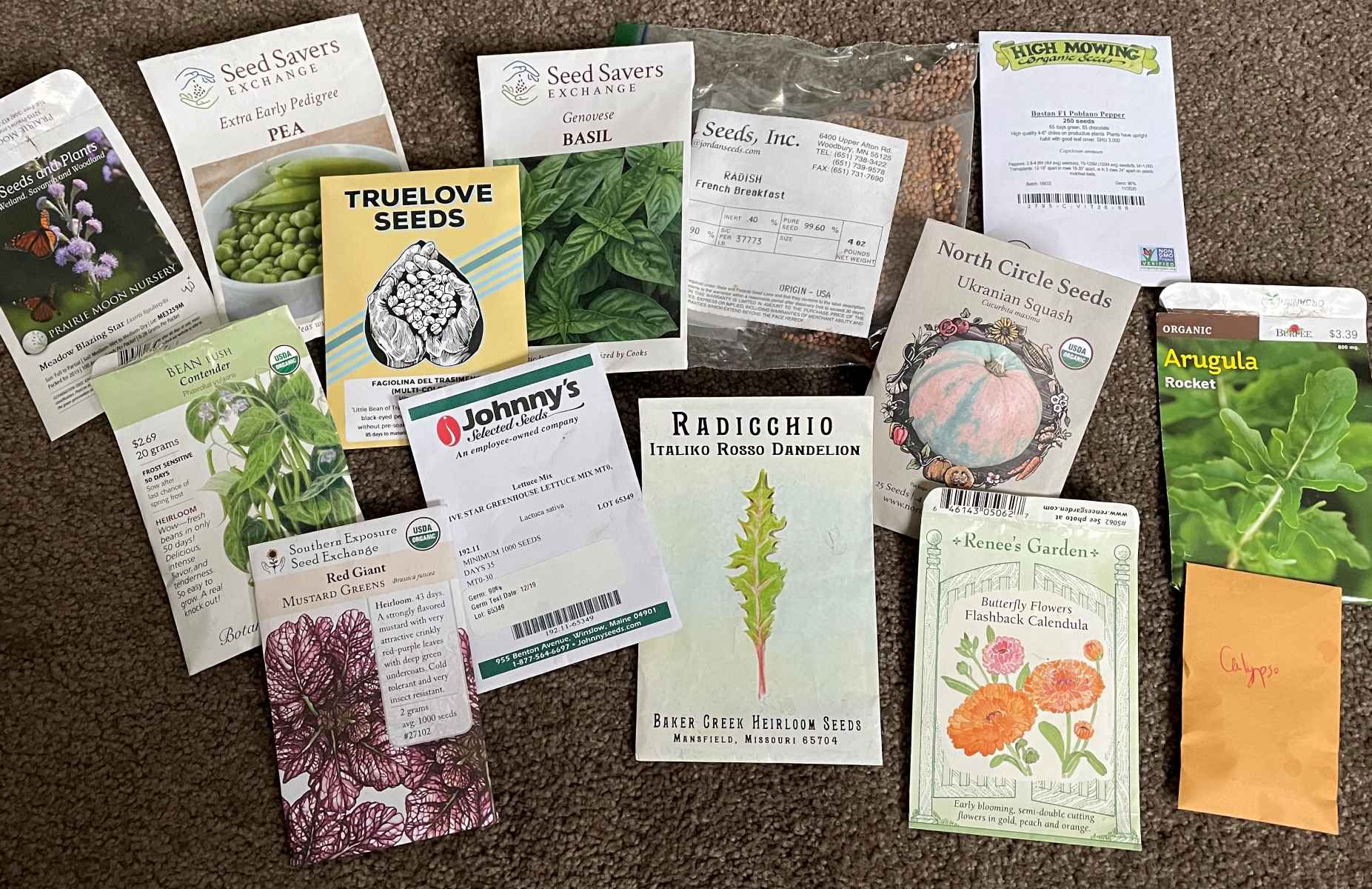
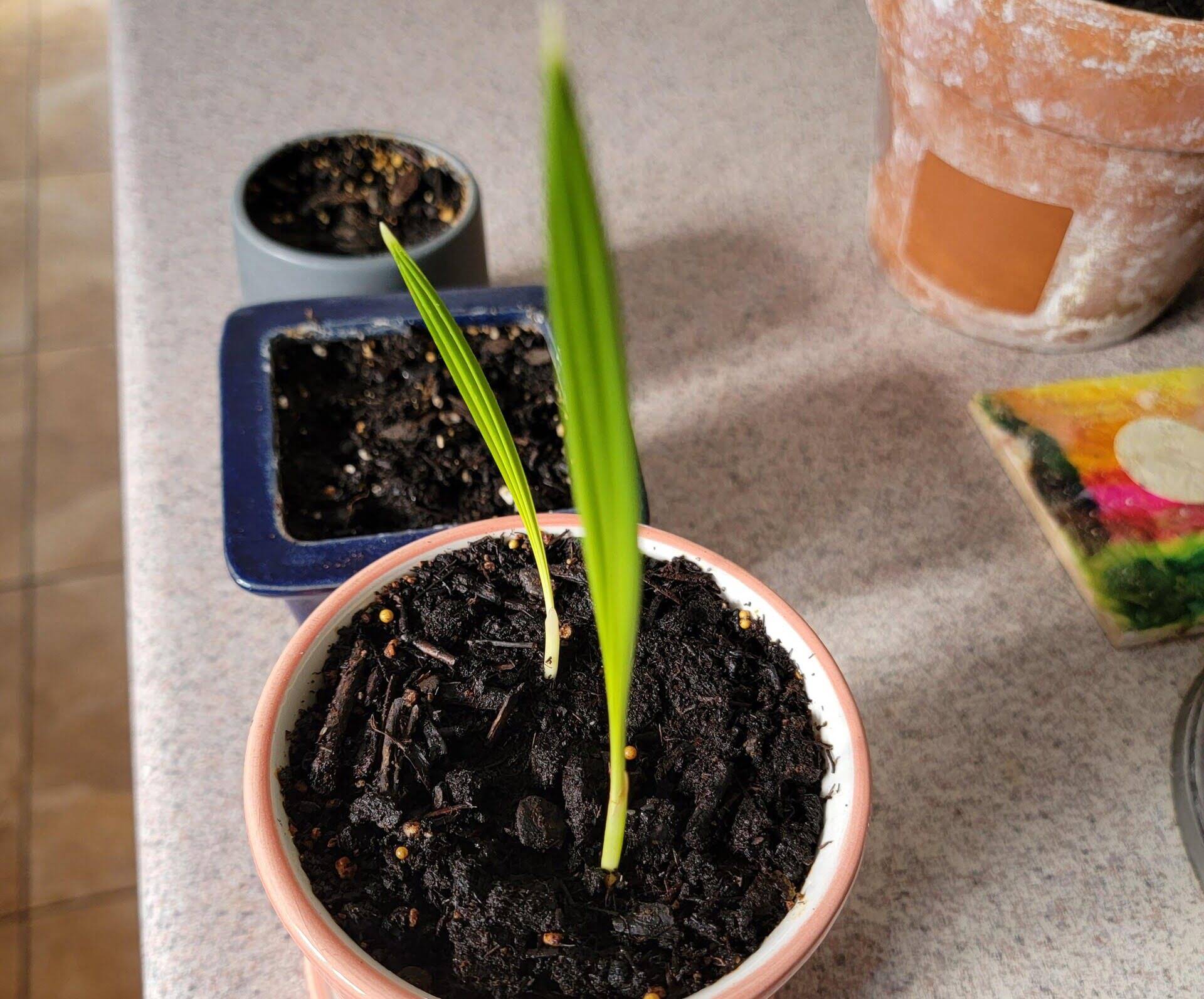
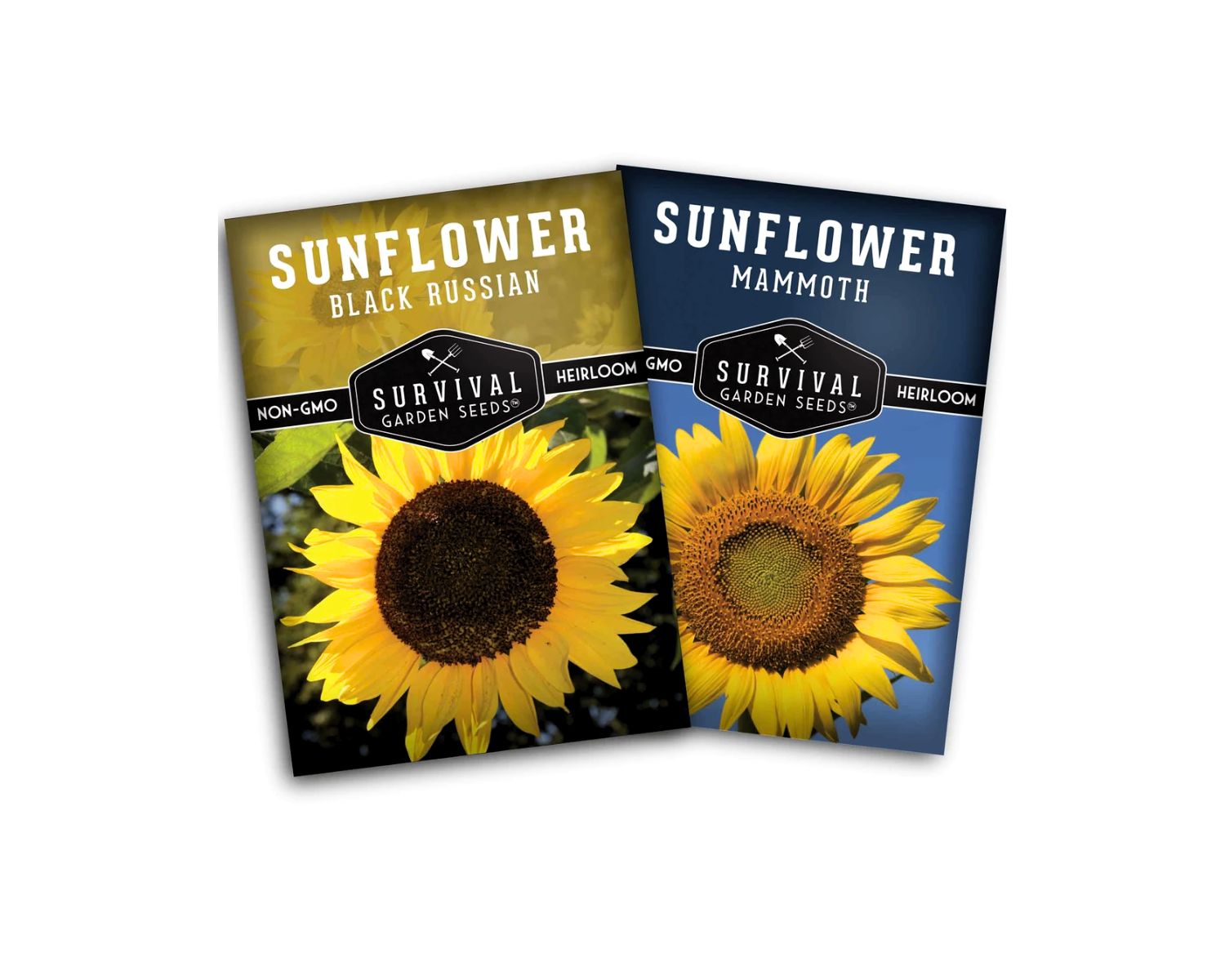
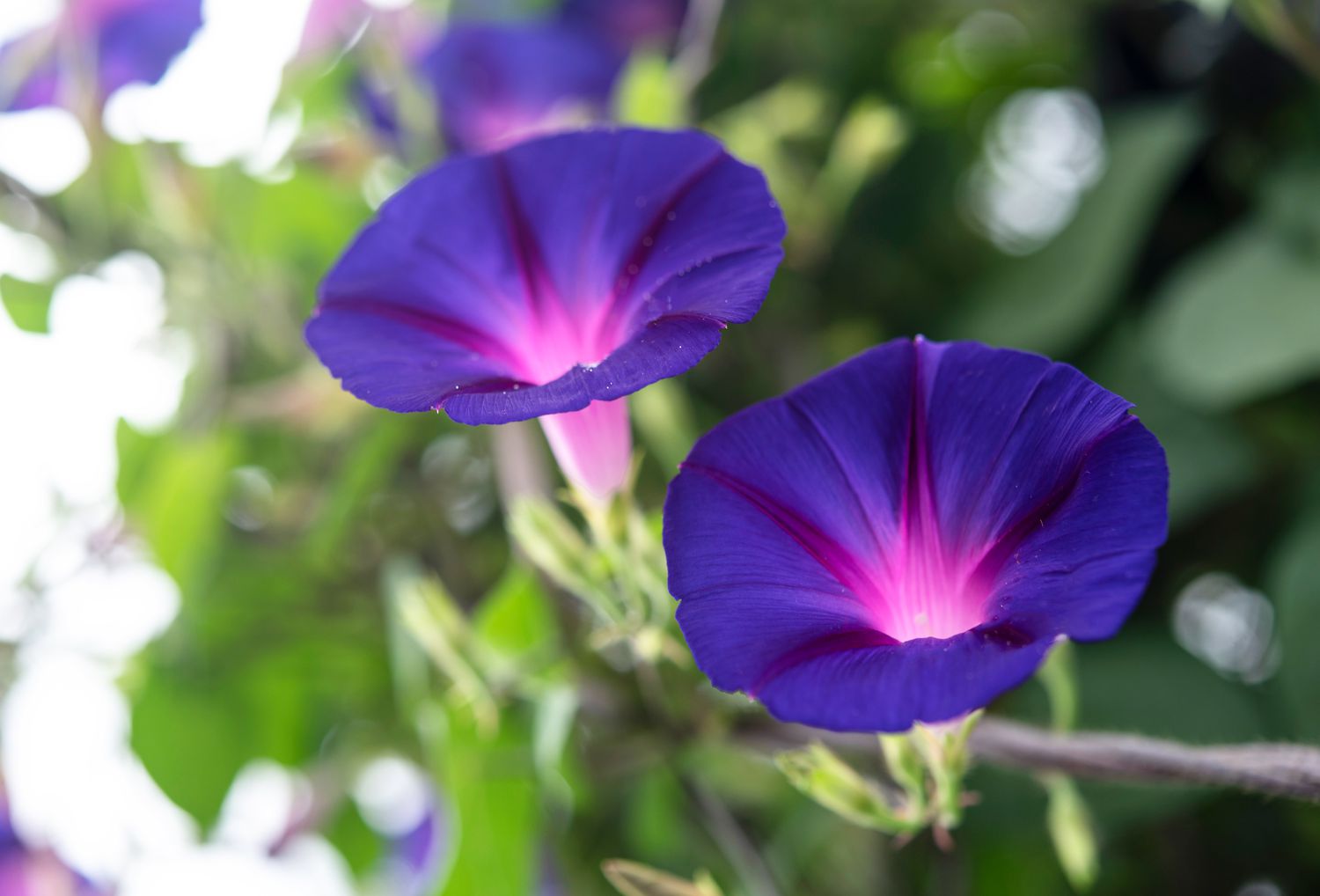
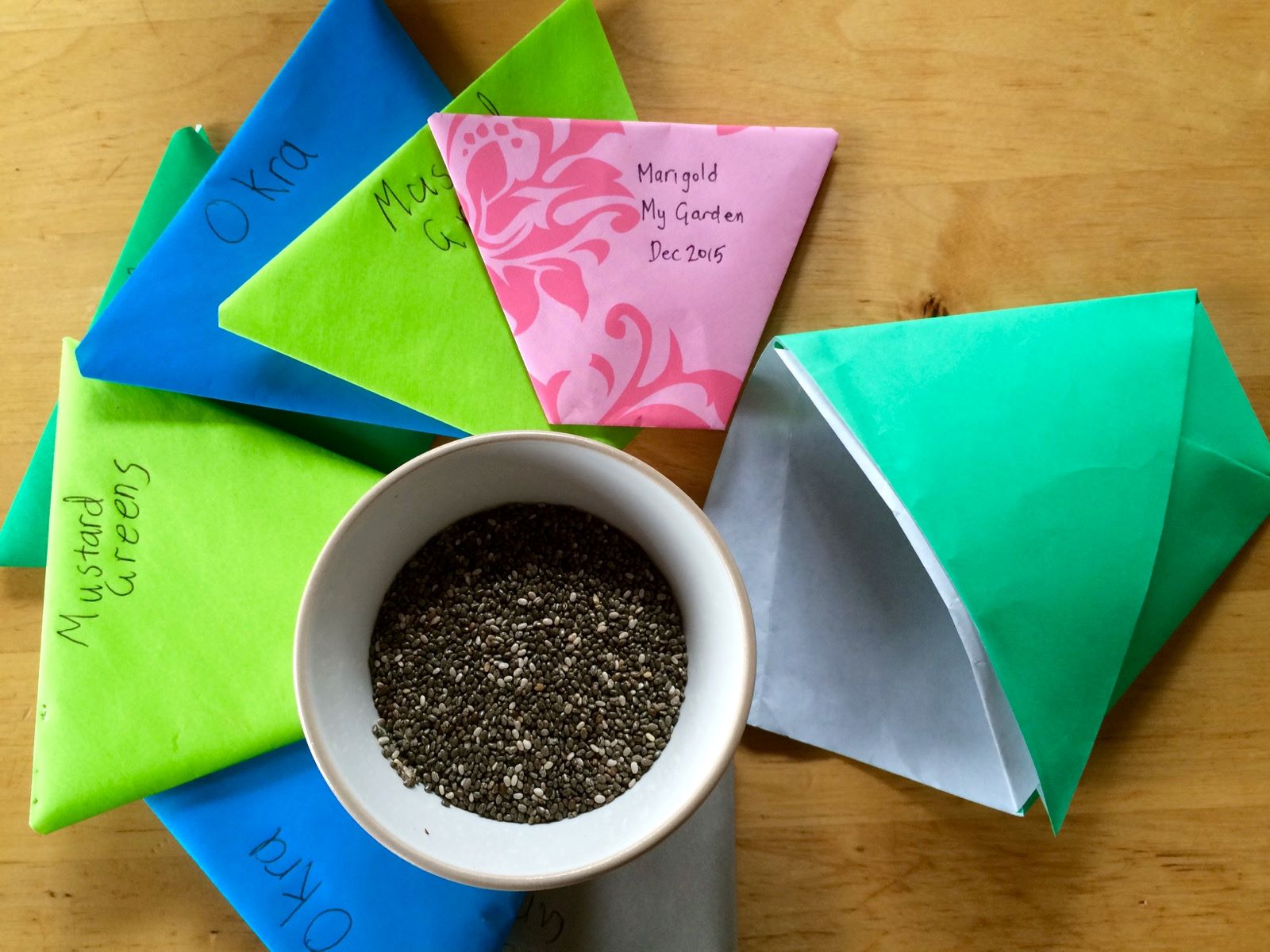
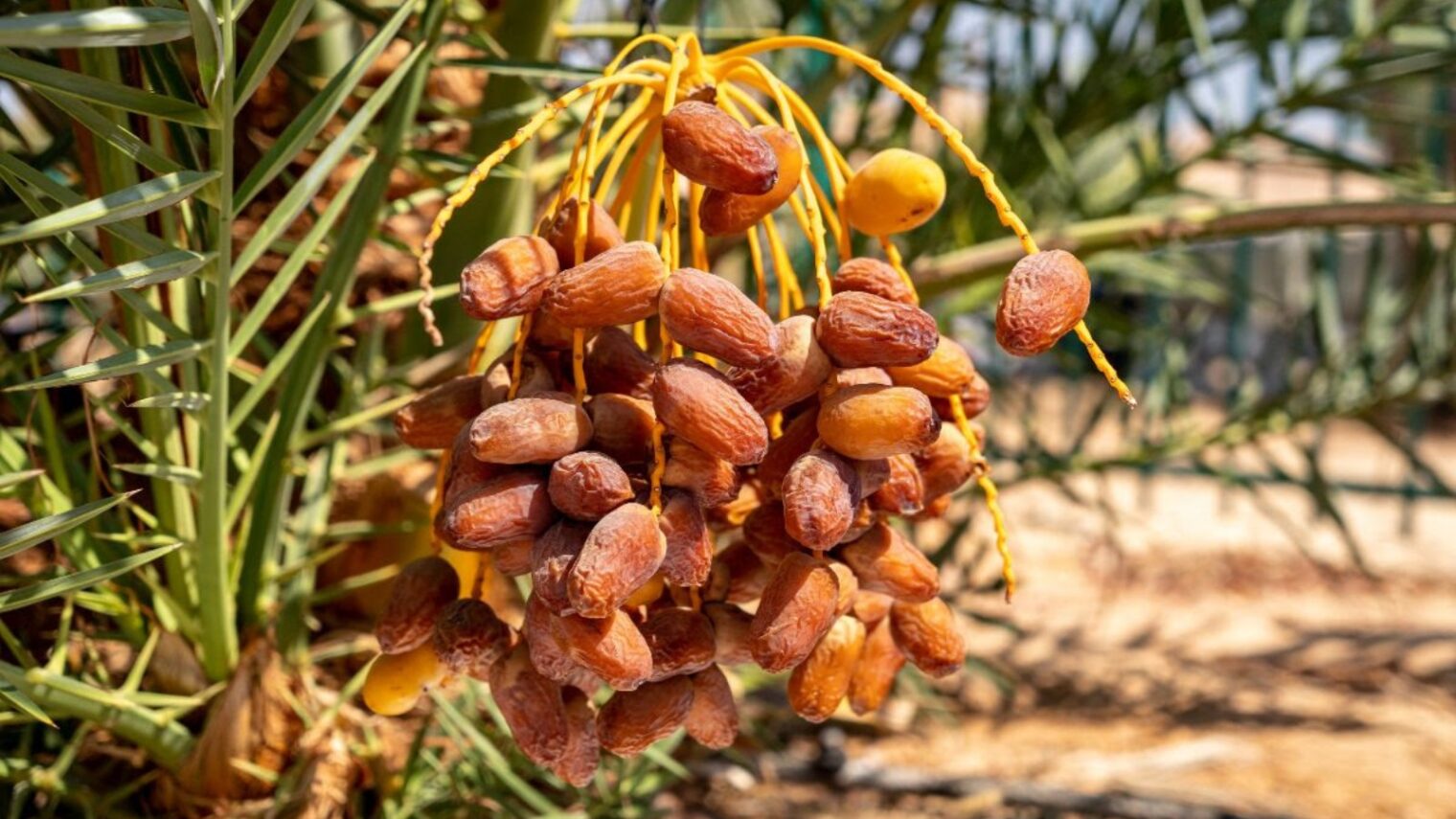
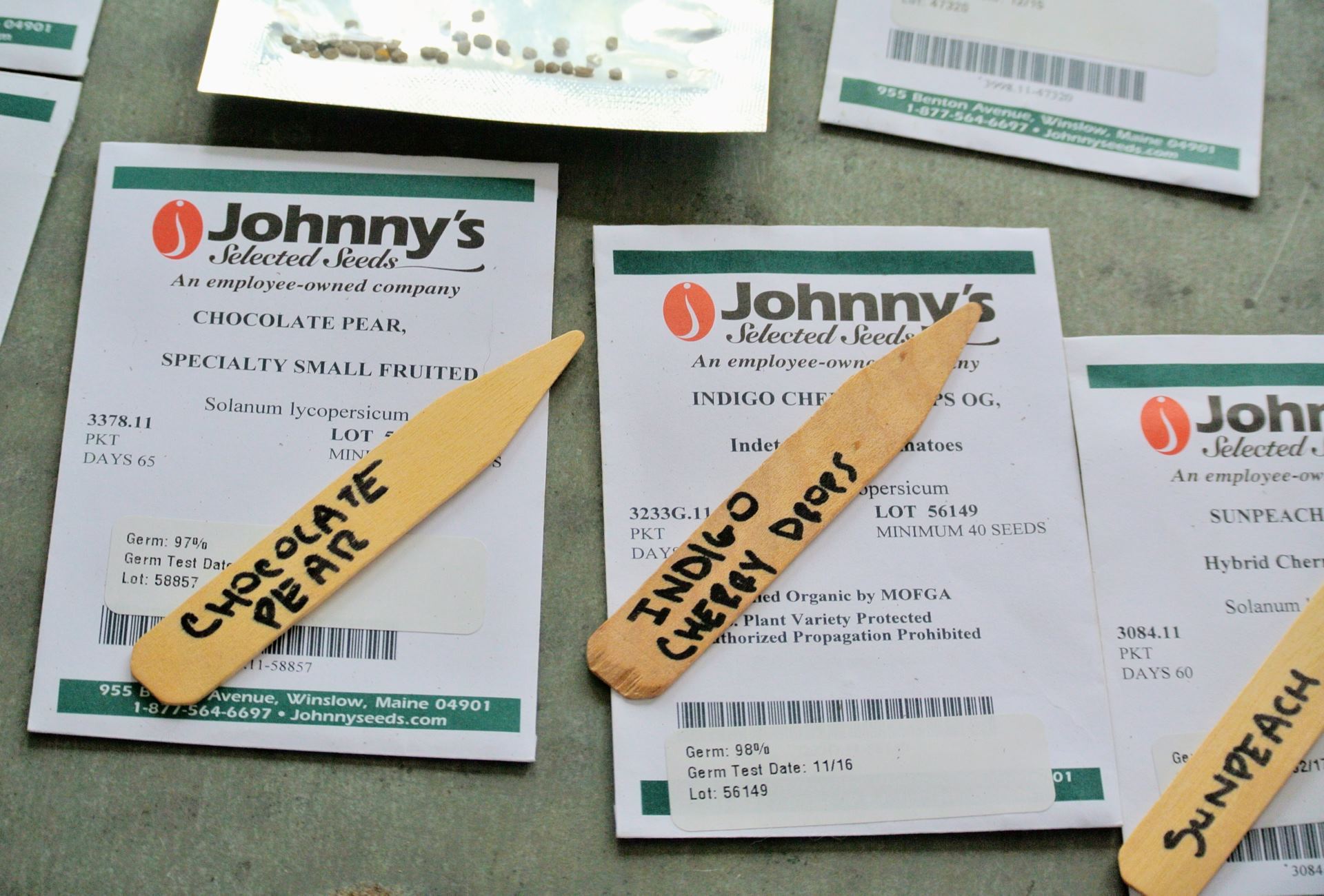
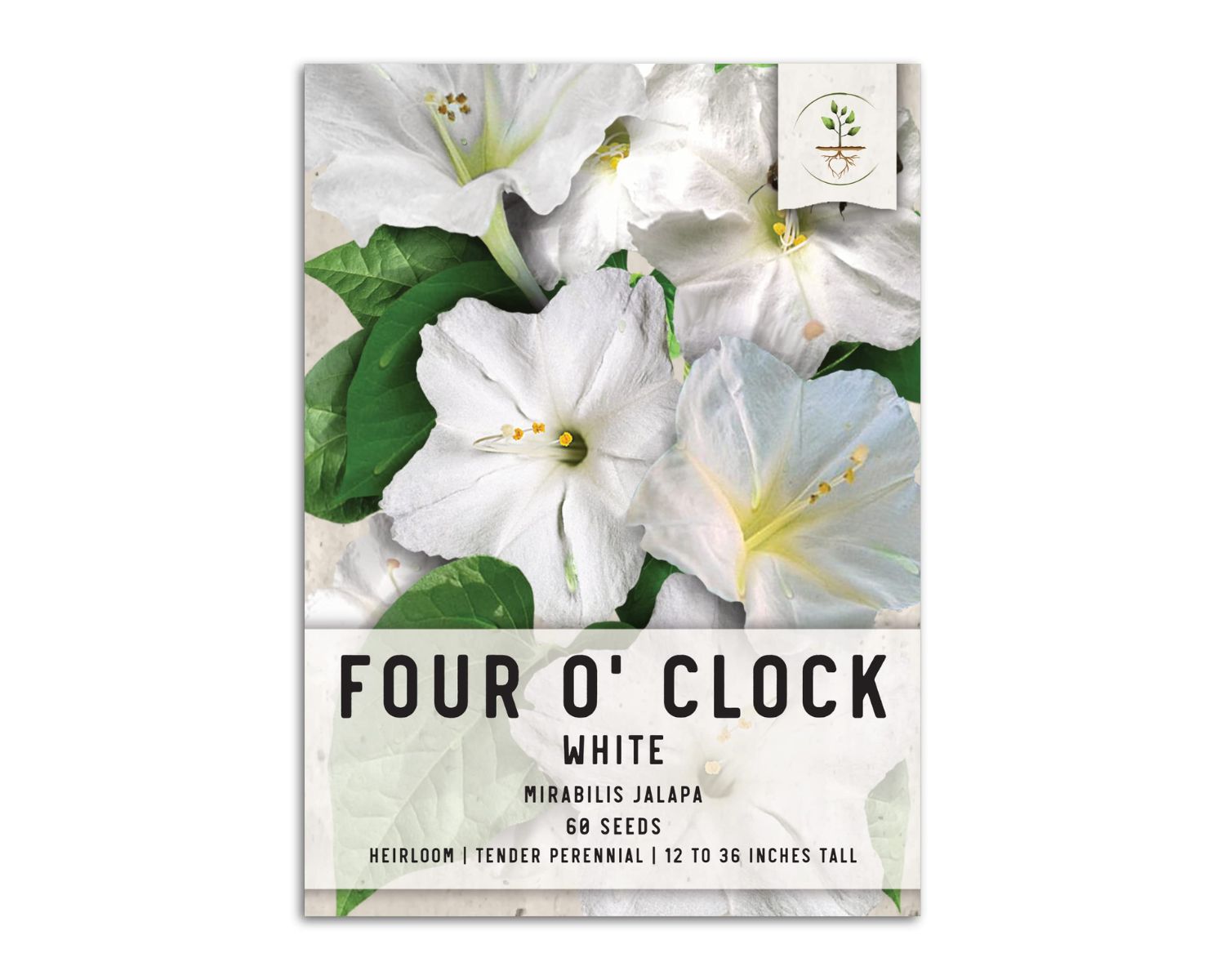
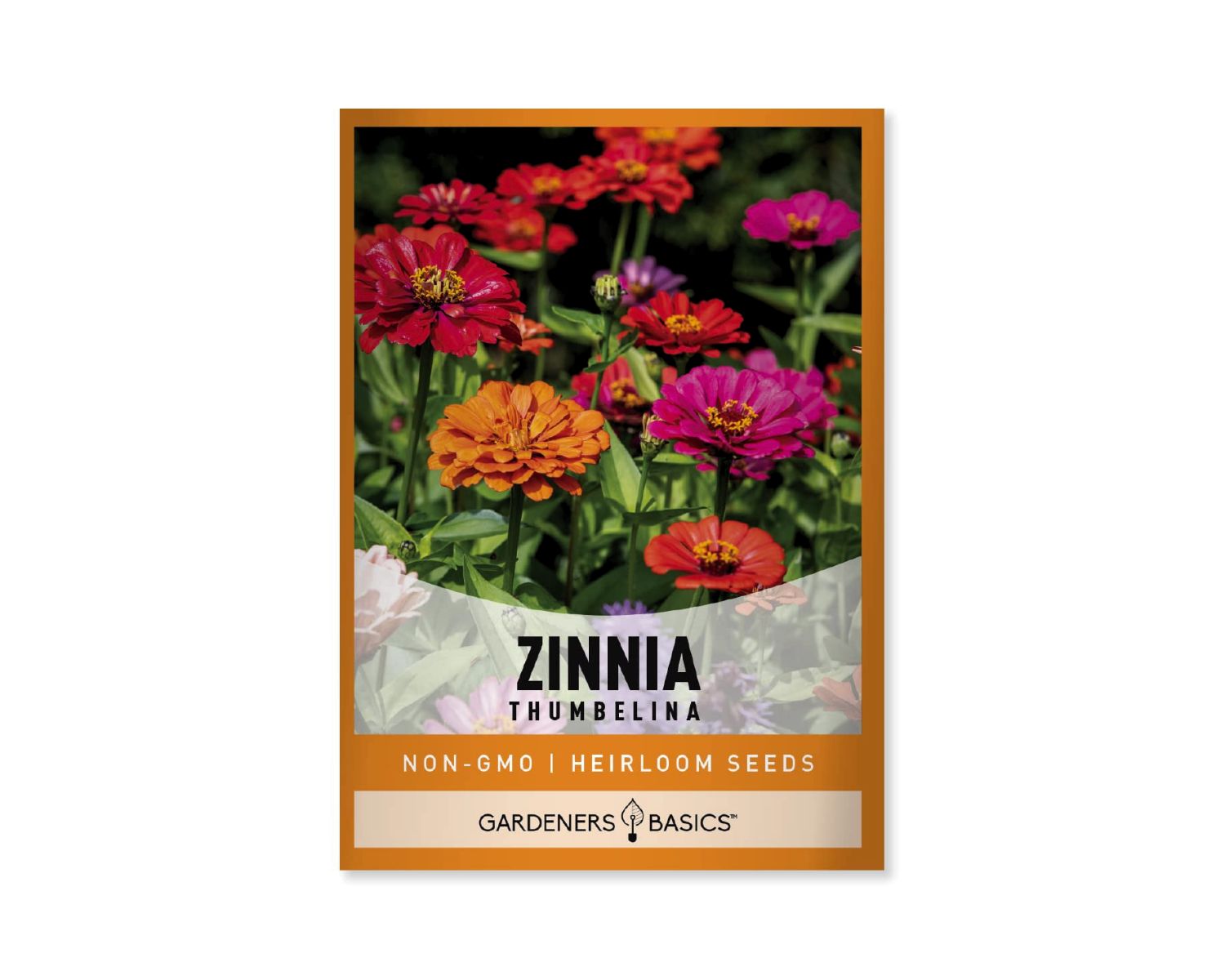
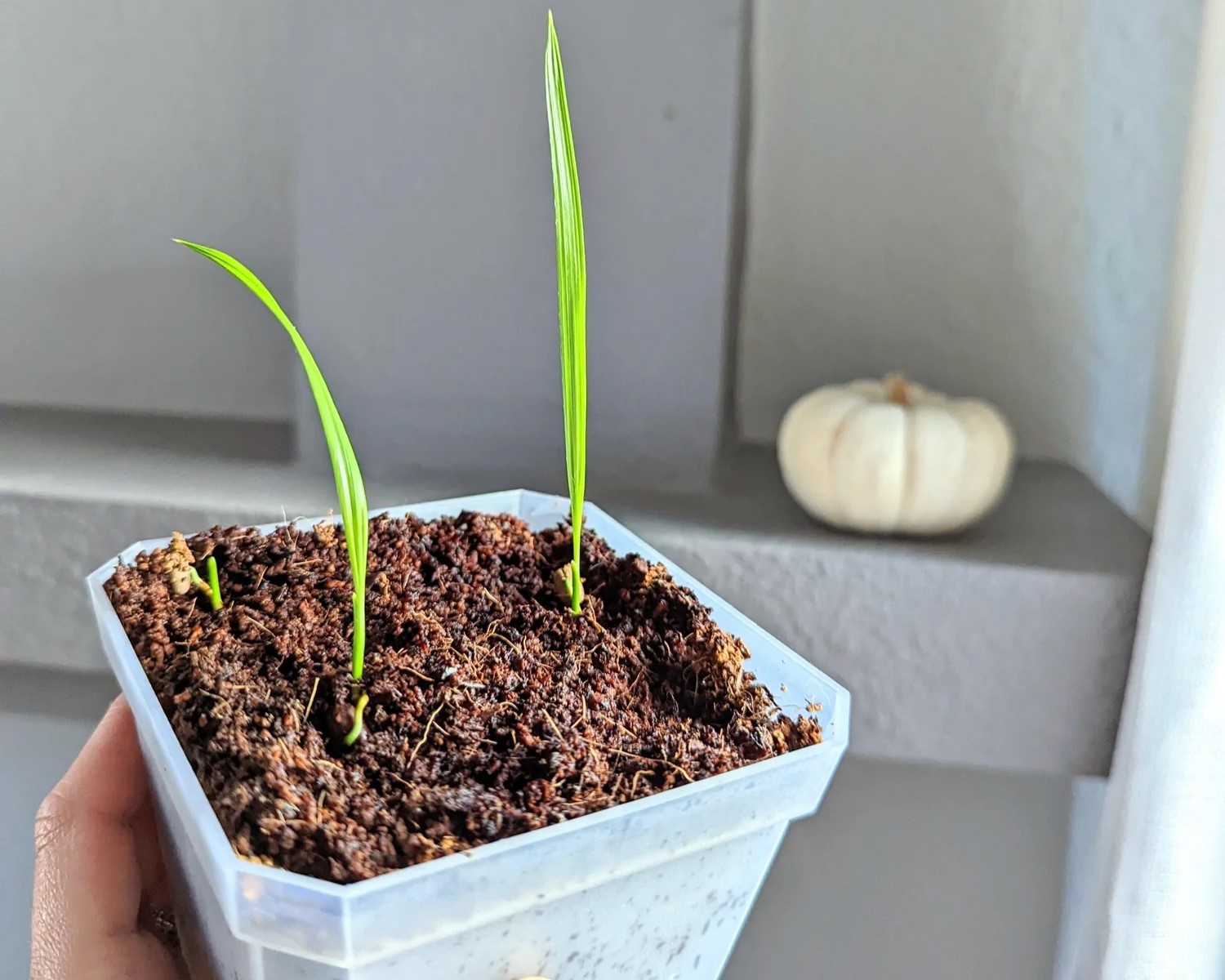
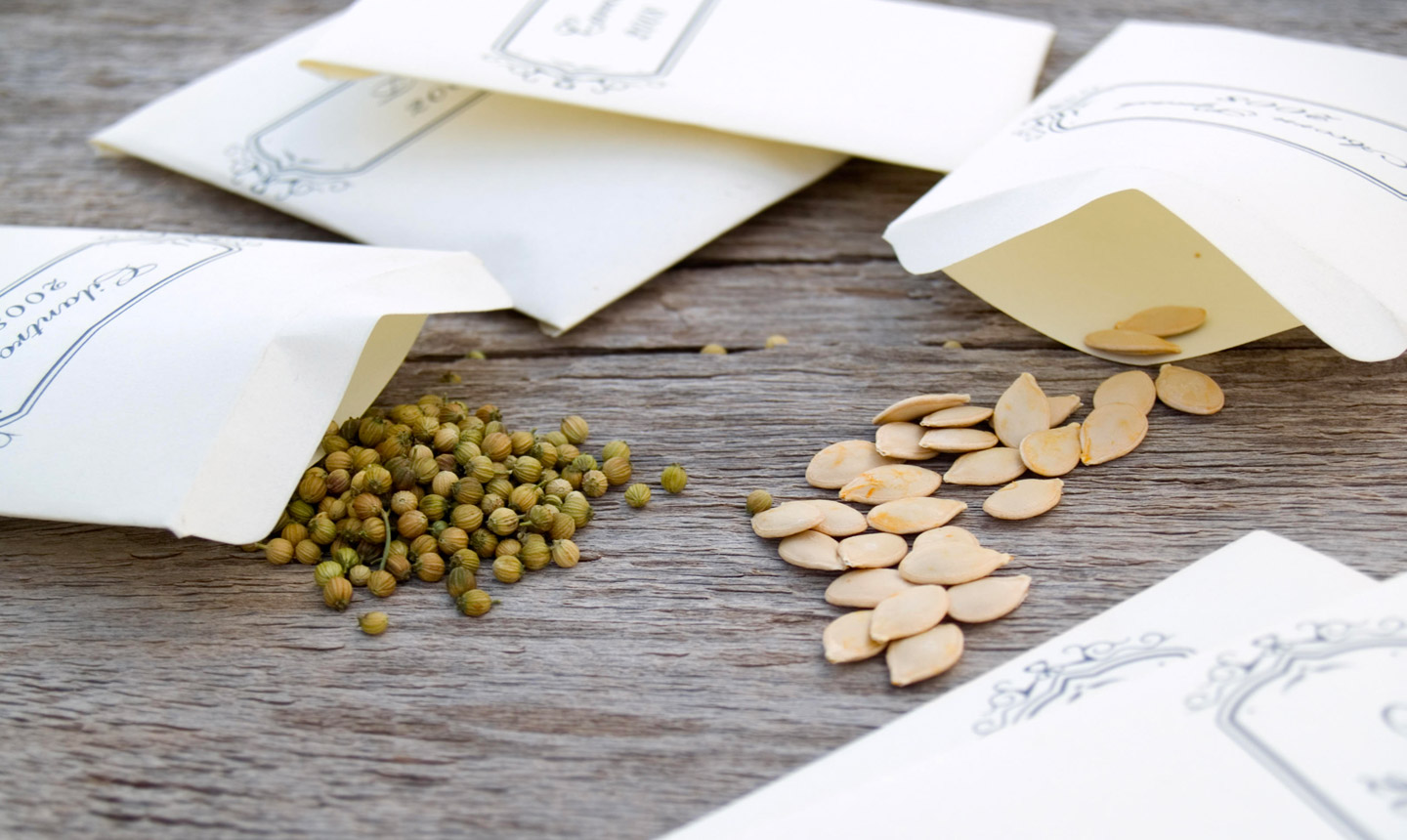
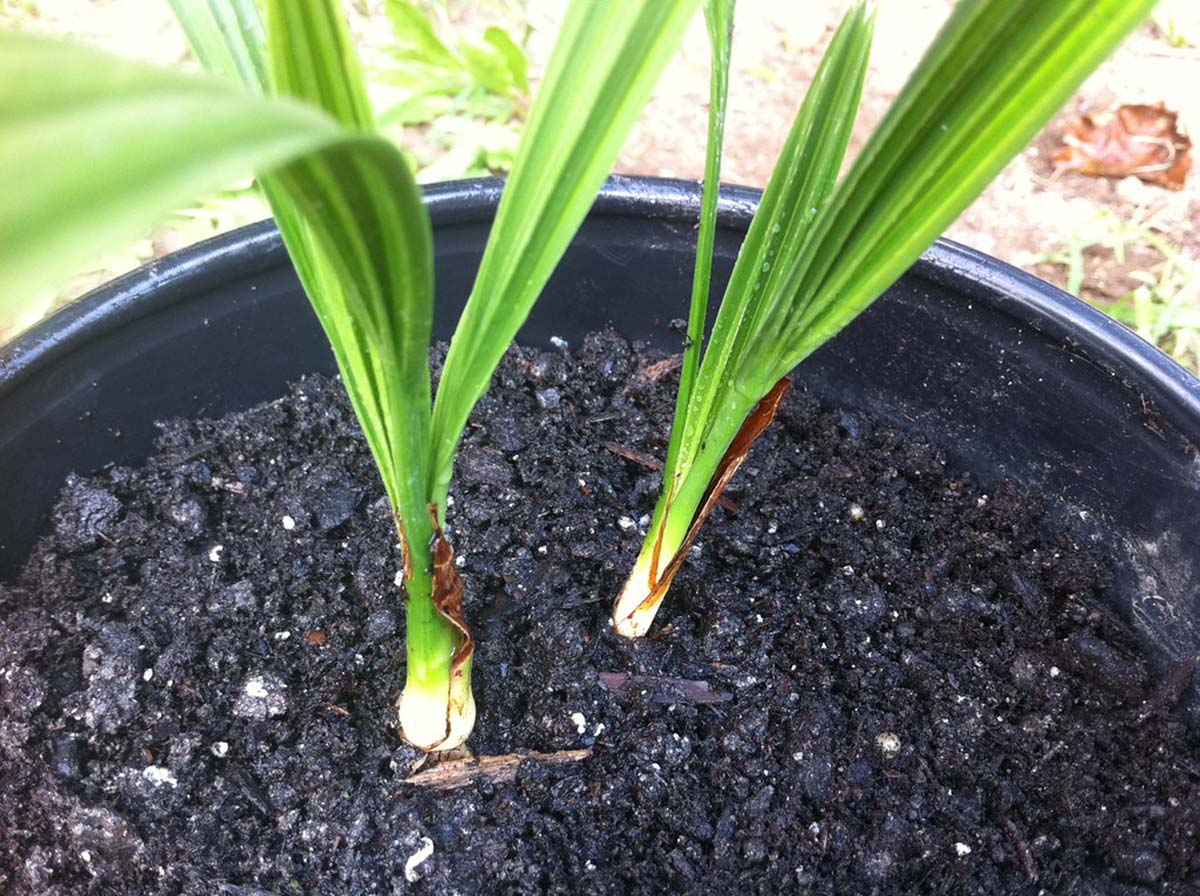

0 thoughts on “What Is The Sell Date On A Seed Packet For?”